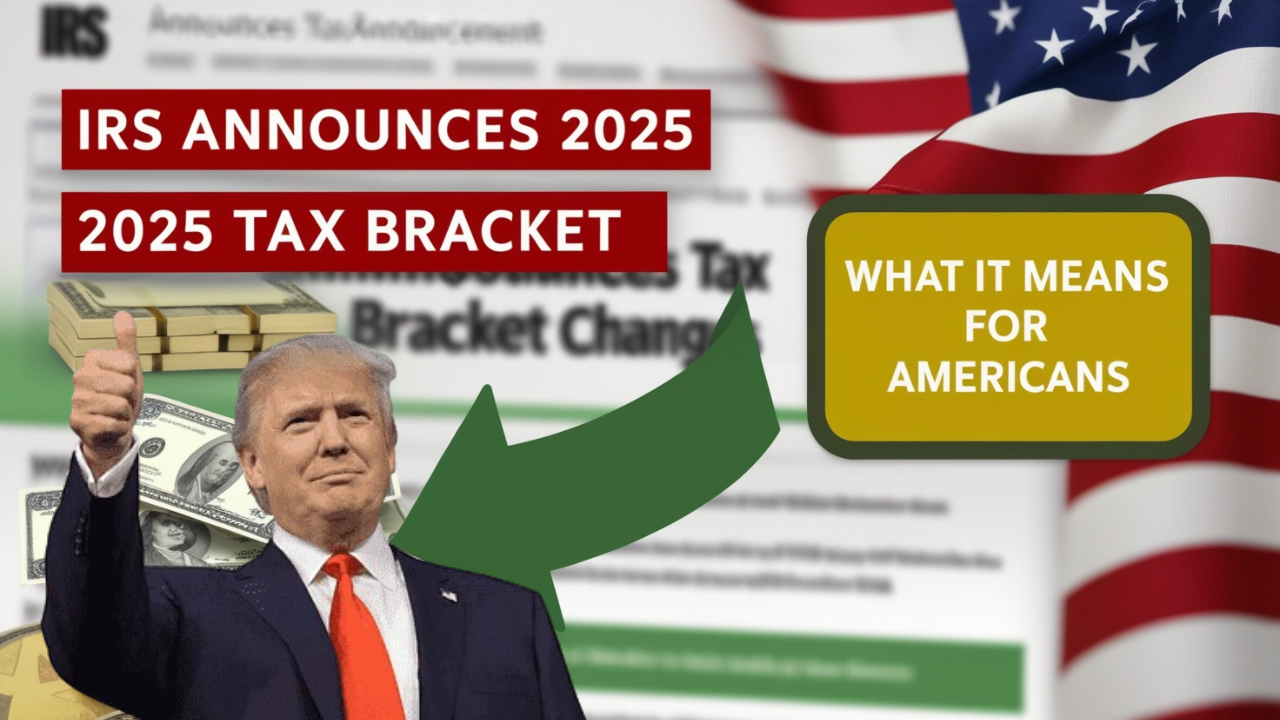The United States Internal Revenue Service (IRS) annually adjusts its tax brackets to account for inflation, helping to prevent tax burdens from increasing as wages, Social Security benefits, and overall income rise. Without these adjustments, taxpayers could find themselves in higher tax brackets simply because their income grew due to inflation, a situation known as “bracket creep.” By updating tax brackets to reflect inflation, the IRS ensures that individuals aren’t unfairly taxed more, simply because their income has increased in line with rising costs.
So, what can we expect for the IRS tax brackets in 2025? To help you plan, here is a detailed look at the upcoming tax rates for different filing statuses:
2025 IRS Tax Brackets:
| Tax Rate | Single Filers | Married Filing Jointly | Head of Household |
|---|---|---|---|
| 10% | $0 – $11,925 | $0 – $23,850 | $0 – $17,000 |
| 12% | $11,926 – $48,475 | $23,851 – $96,950 | $17,001 – $64,850 |
| 22% | $48,476 – $103,350 | $96,951 – $206,700 | $64,851 – $103,350 |
| 24% | $103,351 – $197,300 | $206,701 – $394,600 | $103,351 – $197,300 |
| 32% | $197,301 – $250,525 | $394,601 – $501,050 | $197,301 – $250,500 |
| 35% | $250,526 – $626,350 | $501,051 – $751,600 | $250,501 – $626,350 |
| 37% | Over $626,350 | Over $751,600 | Over $626,350 |
The primary change compared to 2024 is that these tax brackets are slightly higher, which provides taxpayers with a bit more breathing room. This adjustment means that inflationary increases in income are less likely to push you into a higher tax rate, thereby improving your standard of living.



